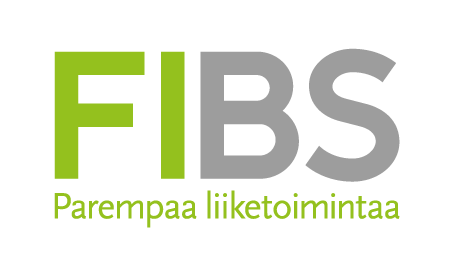Blogikirjoitus -
Stretch your creative muscles and succeed — the business benefits of diversity
In a global world, where consumers look for personalized experiences, organizations need to understand the varied clientele and successfully serve them if they are to drive sales. Diversity also supports organizations in running faster by fostering creativity. However, diversity does not come without effort.
Finland needs new growth and innovation, but without the diversity of working communities and the knowledge of different cultures and operating environments, it is likely to be a long and difficult journey.
According to a study of Innovation, Diversity, and Market Growth (2013) by the Center for Talent Innovation (CTI), companies that embrace diversity gain higher market share and a competitive edge in accessing new markets. Furthermore, in the 18th Annual Global CEO Survey by PwC (2015), 85 percent of the CEOs from companies with a formal diversity and inclusiveness strategy said it had improved their bottom line.
The research noted that “an inherently diverse workforce can be a potent source of innovation as diverse individuals are better attuned to the unmet needs of consumers or clients like themselves. Indeed, their insight is critical to identifying and addressing new market opportunities. We find that when teams have one or more members who represent the gender, ethnicity, culture, generation, or sexual orientation of the team’s target end user, the entire team is far more likely (as much as 158% more likely) to understand that target, increasing their likelihood of innovating effectively for that end user.”
According to Richard Crisp, a scientist and professor of psychology from Aston School of Business, UK, the latest research in behavioral science shows that diversity can have much broader benefits than previously thought, such as enhancing creativity and problem-solving.
Successful companies know that by building a diverse work community, they will have better opportunities to create something unique. Diversity promotes out-of-the-box thinking, which, in turn, allows for the production of new, innovative products and services.
Crisp explains how it works: “We can compare diversity experience to the subjective feeling of surprise: it is telling us that something is not in place—a person does not fit the norm or stereotype. In the brain, this leads to a process of not relying on memory and existing knowledge, which is a key component of creative thinking. So, one of the reasons why diversity can stimulate creativity is that they require use of the exact same part of the brain. If then follows that the more we are exposed to diversity the more we become practiced in not relying on our memory, which allows us to become more creative. Diversity warms up the brain’s innovation muscle.”
Crisp continues: “More broadly thinking, diversity can promote a company’s mental flexibility. It can boost negotiation, cooperation, and team work. It can facilitate adaptation to change in the sense that the more profiles vary, the more diversified reactions to change will be, complementing and influencing one another.”
Diversity does not automatically translate into business benefits. It must be led and managed.
The first step in developing diversity leadership, is to examine the benefits that can be achieved through diversity. Secondly, a company needs to create a diversity policy or statement, followed by an implementation plan. This is the basis for steering, measuring and taking diversity further. Crisp clarifies: “Companies need to provide institutional support and to think through what diversity means to the whole company. It has to be added in the culture of the company. It must be in the DNA of the company. That is when diversity is a strength for the company. It also should be very visible in everything that company does: in recruitment and leadership.”
Diversity, and inclusion policies and actions, should encompass the organization broadly: from individual attitudes and behaviors to HR, marketing and communications functions as well as management. A tolerant working community is not enough. Leaders have to commit and to show example.
A company that has a strong implemented diversity program, will have a better reputation, because it will be seen as having fair employment practices. Fostering positive values such as inclusiveness and respect for difference will make a company stand out in the market, so that clients will choose to do business with that company rather than with its competitors
This text is an edited version of an article originally published in Miltton Insights VI: Death of the chameleon.
SATU VALTERE
Account Director, Coach, Miltton
satu.valtere@miltton.fi
Aiheet
- Työelämä
Kategoriat
- miltton
- innovation
- problem-solving
- creativity
- inclusiveness
- diversity
- sales
- consumers
